Eurotherm 590/690 Series Servo Drives
See also: Help for Serial Protocols
Overview
The Eurotherm590 serial downloadable protocol is for communication between the Eurotherm drive and an OCS. This is a Master/Slave protocol.
CSCAPE Configuration
To configure OCS for the Eurotherm590 protocol, select the Protocol Configuration from the Program menu in CSCAPE software. Select the appropriate protocol type on the desired port. To make sure that the Software is able to configure the equipment for the correct protocol, make sure the Eurotherm590.dll file is in Protocols directory of the current working/open Cscape.
Serial Port Configuration
The default settings are: 19200 baud, 7 data bits, Even parity, 1 stop bit and No handshaking. For communications, the connector may be wired as RS232 or RS485.
NOTE: Before EI Bisync ASCII can be used on the P3 port the P3 Mode must be set to ASCII. This is only applicable to the 620 Series.
Node Number
Inverter Axis Number (network Address) are required only when connected to COM2.
Selecting Device Register
Enter the desired name for slave.
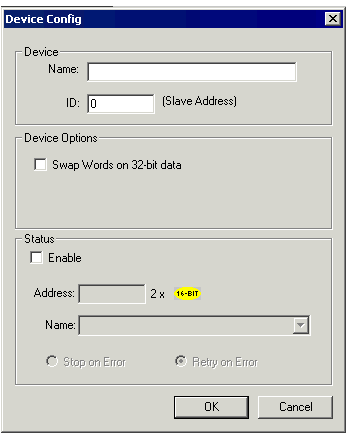
Enter the desired parameter address in the Device Register field or use " > "button to select the view the parameter range.
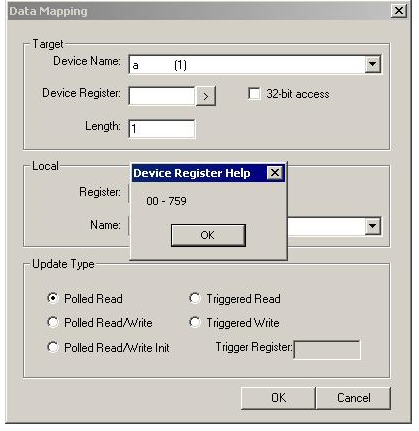
Parameter Specification
Parameters are addressed using their Tag No.
See Eurotherm 605 series manual section 10 or Eurotherm 620 Series Appendix C for details.
Parameters fall into several data types. These are INT, BOOL, ENUM, STRING, TAG, D_TAG, S_TAG, and WORD. The Operator Station can read all of these with the exception of STRING type.
NOTE: Some parameters are read only.
For word types (%R, %AI, %AQ, %G) the start address can be any valid register id.
Network Communication Errors
In order to access the Network statistics, user must assign the “Network status register” in network configuration. The table below gives the details of statistics.
| Number | Statistics | Location | Description |
|---|---|---|---|
|
|
|
|
|
|
1 |
Update interval exceeded count |
%Rx |
This register explains number of times that the actual transaction scan time to complete all transactions exceeded specified update interval. Generally used as an indicator that an excessive number of triggered transfers or failed communication retries are occurring that is lengthening the expected transaction scan time.
If the Update interval is set to zero (update as fast as possible), this 32-bit register alternately specifies the actual transaction scan time in mSec resolution. |
|
2 |
No response count |
%R(x+2) |
This register explains number of times that a device(s) did not respond to a transaction. This includes ALL failed transaction, not just those after the retry count is exceeded. |
|
3 |
Corrupt Response Count |
%R(x+4) |
This register explains number of times that a device(s) returned an invalid or failed response to a transaction. This includes ALL failed.
Transaction, not just those after the retry count is exceeded. |
|
4 |
Valid Response Count |
%R(x+6) |
This register explains total number of valid responses. |
NOTE: %Rx: 32-bit network status register configured in Network configuration. For example: %R500(501).
Device Communication Errors
| Error | Error Number | Description |
|---|---|---|
|
INVALID_BLOCK |
-203 |
Invalid size for data type. |
|
NO_RESPONSE_FROM_PLC |
-204 |
Timeout while waiting for remote node response. |
|
INVALID_RESPONSE_FROM_PLC |
-205 |
Corrupted response from remote node. |
|
INVALID_INITIALISATION |
-207 |
Internal Error - Unable to open port. |
Connection Details
Illustrations below show the various end-of-cable connectors required:
| 25-Pin D-Type Male | 10-Pin Weidmuller
Cage Clamp |
8-Pin RJ 45 Plug | 9-Pin DB Male |
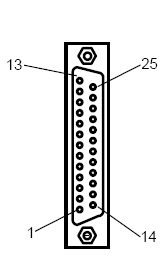
|

|

|
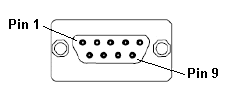
|
| CN1 | CN1 | MJ1/MJ2 | Port 1 |
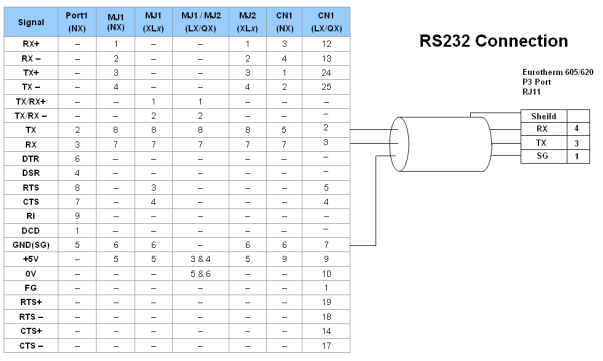
Port 1 — DB9 (Female at OCS end)
MJ1/MJ2 — RJ45 (Female at OCS end)
CN1 — 10-Pin Weidmuller Cage Clamp (Female at OCS end)
CN1 — DB25 (Female at OCS end)
NOTES:
-
Do not connect to unlisted pins.
-
Recommended Cable: Beldon 9503, twisted multipair, screened.
-
Connect the screens together at the shield / earth pin of the PLC.

Port 1 — DB9 (Female at OCS end)
MJ1/MJ2 — RJ45 (Female at OCS end)
CN1 — 10-Pin Weidmuller Cage Clamp (Female at OCS end)
CN1 — DB25 (Female at OCS end)
NOTES:
-
Do not connect to unlisted pins.
-
Recommended Cable: Beldon 9503, twisted multipair, screened.
-
Connect the screens together at the shield / earth pin of the PLC.